The 1986 JX-10 or Super JX was the last flagship analog synth Roland ever made. A 12 voice polysynth which was released to upgrade the previous year's JX-8P which failed to impress with its too-low 6 voice polyphony, lack of keyboard split & more.
The JX-10 is 12 voice DCO synth which was released as a quick follow-up to the previously years JX-8P which fell somewhat short of a flagship status synthesiser, and like the JX-8P offered much innovation for the time, being a touch sensitive synth like the JX-8P, with pitch & filter being controllable via velocity &/or aftertouch allowing the user new levels of expressive playability for the time. Again like the JX-8P the JX-10 featured key-follow & two envelopes per voice allowing either DCO to have it's own dedicated envelope and the Oscillator 1 & 2 mix could be dynamically controlled via keyboard velocity, further adding to expressive levels never before seen in an analog synth.
Despite being a fully analog DCO synth, the JX-10 sported new Oscillator cross-modulation features which allowed it to produce FM-style percussion, electric pianos, organs, bells, marimbas, chimes, log drums and even a quite passable acoustic piano sound, so basically while being an 'analog' synth Roland very much steered it to compete with the current flagship digital synths of the mid 80's from Yamaha & Oberheim.
Roland MKS-70 rack version
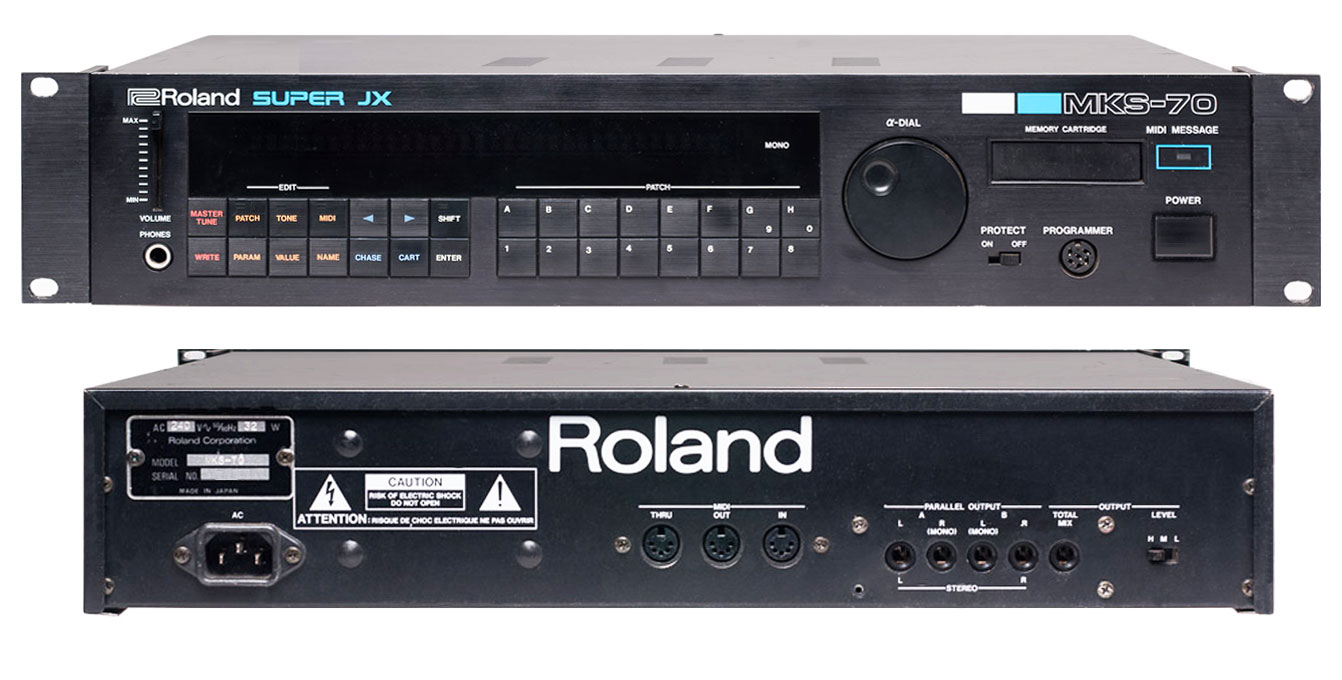
The PG-800 programmer
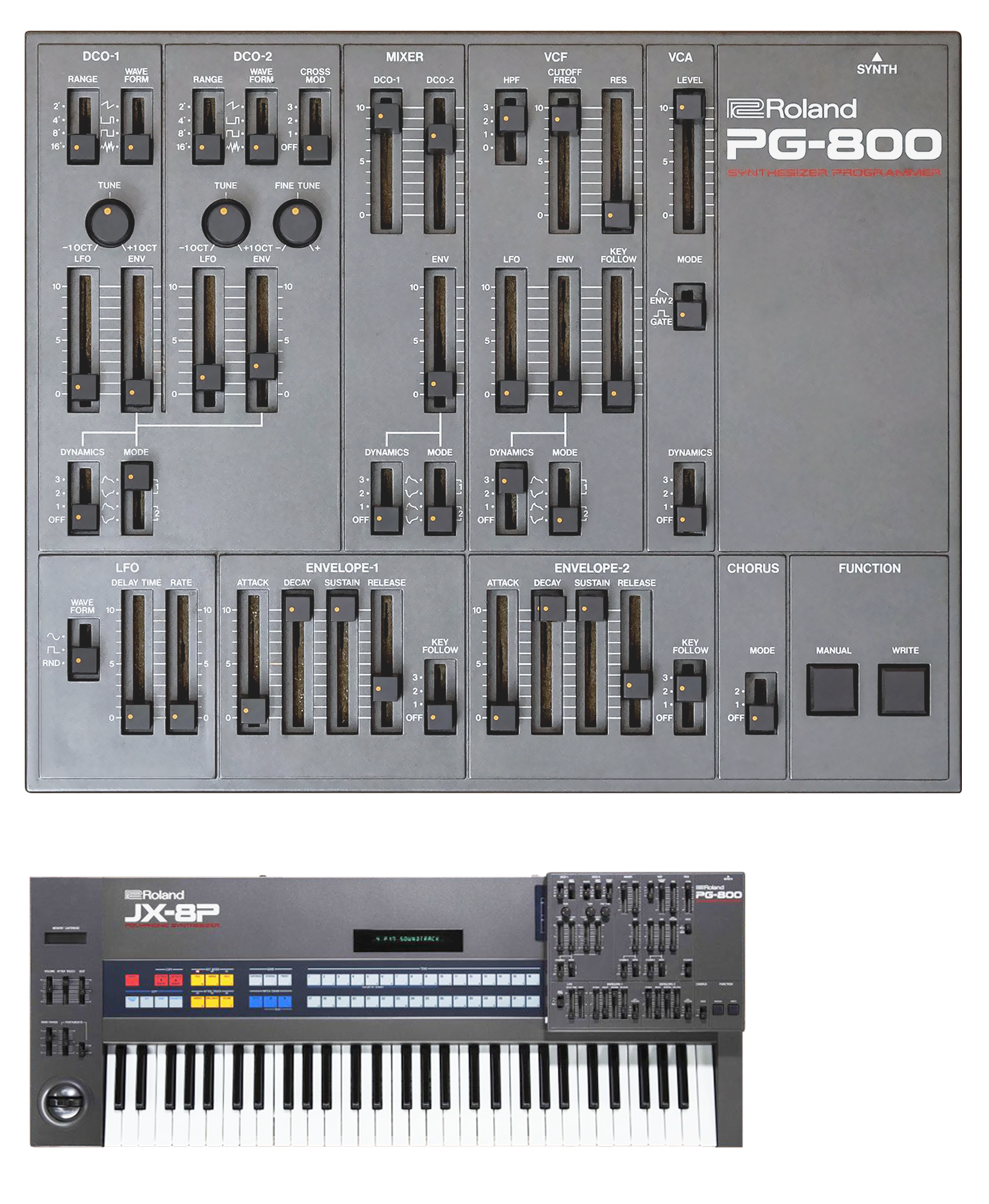
The JX-8P, JX-10 & other DCO Roland synths of this release period like the JX-3P & Alpha Juno 1 & 2, all switched to the DX-7 or Casio CZ style front-panel membrane switches, abandoning the traditional knobs & sliders. This gave rise to the Roland PG Programmer units, with the PG-800 being the largest of the PG range designed to accompany the JX-8P & JX-10 and ironically give these synths back the hands-on tactile control Roland had chosen to abandon in favour of the new fashion of the clutter-free membrane-switch look.
The JX-10 is a 12 note poly synth with 2 oscillator, 2 envelope generators and one filter per voice with 64 patches & an additional 32 user patch storage locations which could be expanded via Roland's proprietary M-16C cartridges. The factory sounds were designed by Eric Persing who went on to famously designs sounds for the groundbreaking Roland D-50 just a few short years later.
The JX-10 can be found fairly cheap in the free-ads for a classic old Roland analog synth but you can also get the smaller compact JX-08 emulation from Roland which is part of their Boutique modelled synth & drum machine series. The JX-08 is not an exact clone but it does much of what is required to emulates the JX-8P & JX-10 & adds many hands-on controls of the original PG-800 programmer interface built-in to the unit which delivers easy to use sliders to edit sounds and tweak parameters for performance & recording duties.



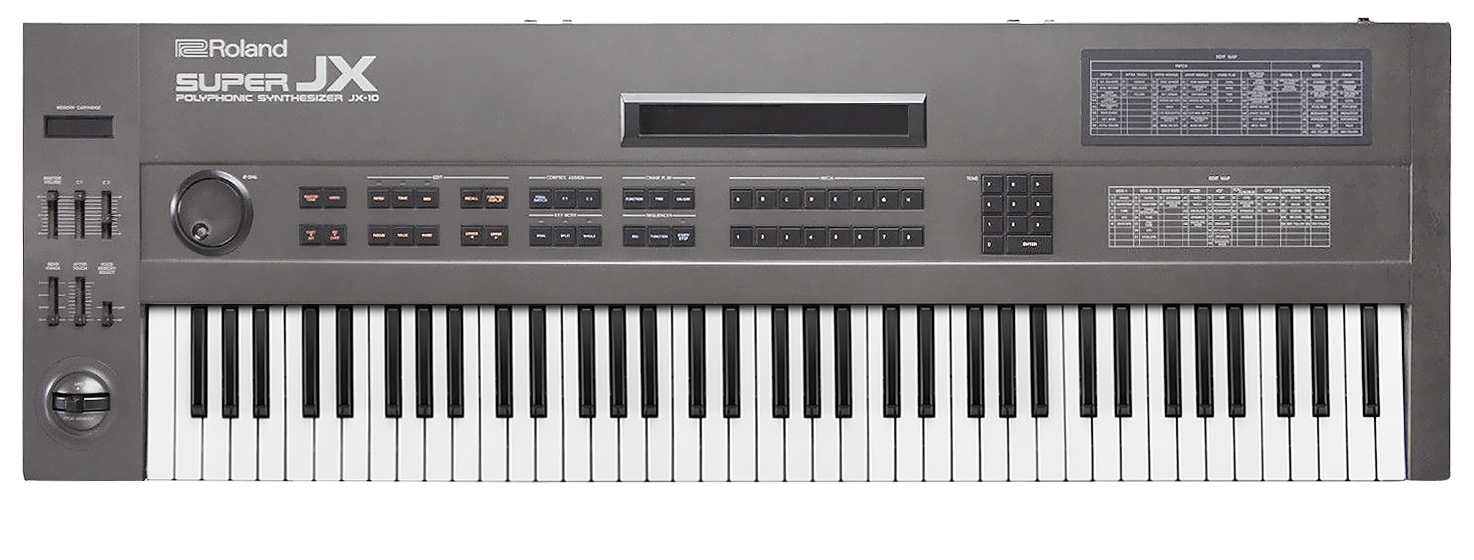


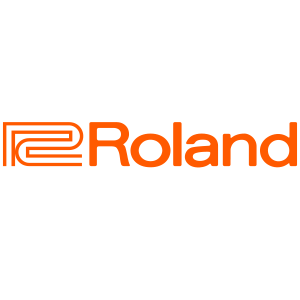
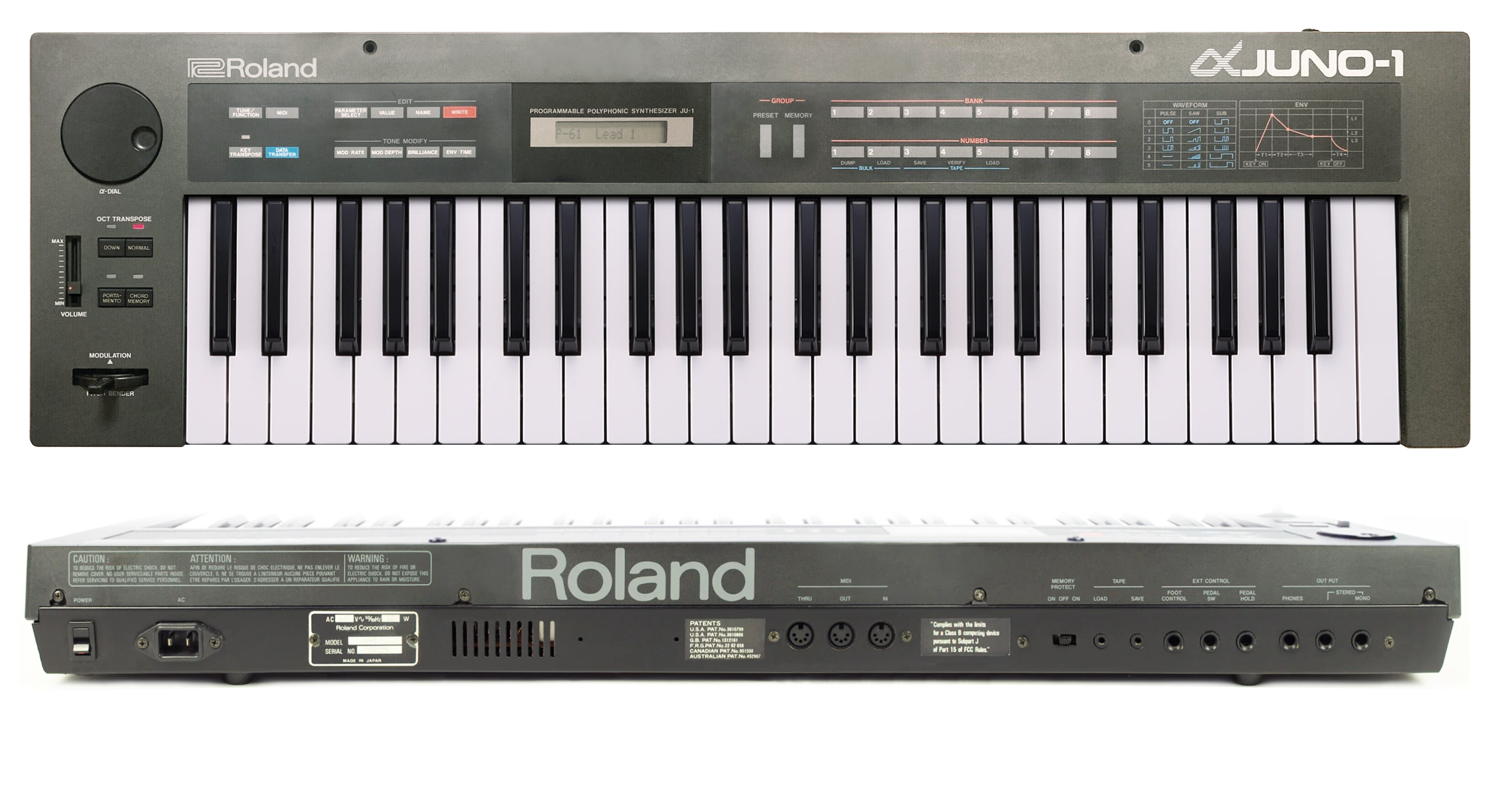
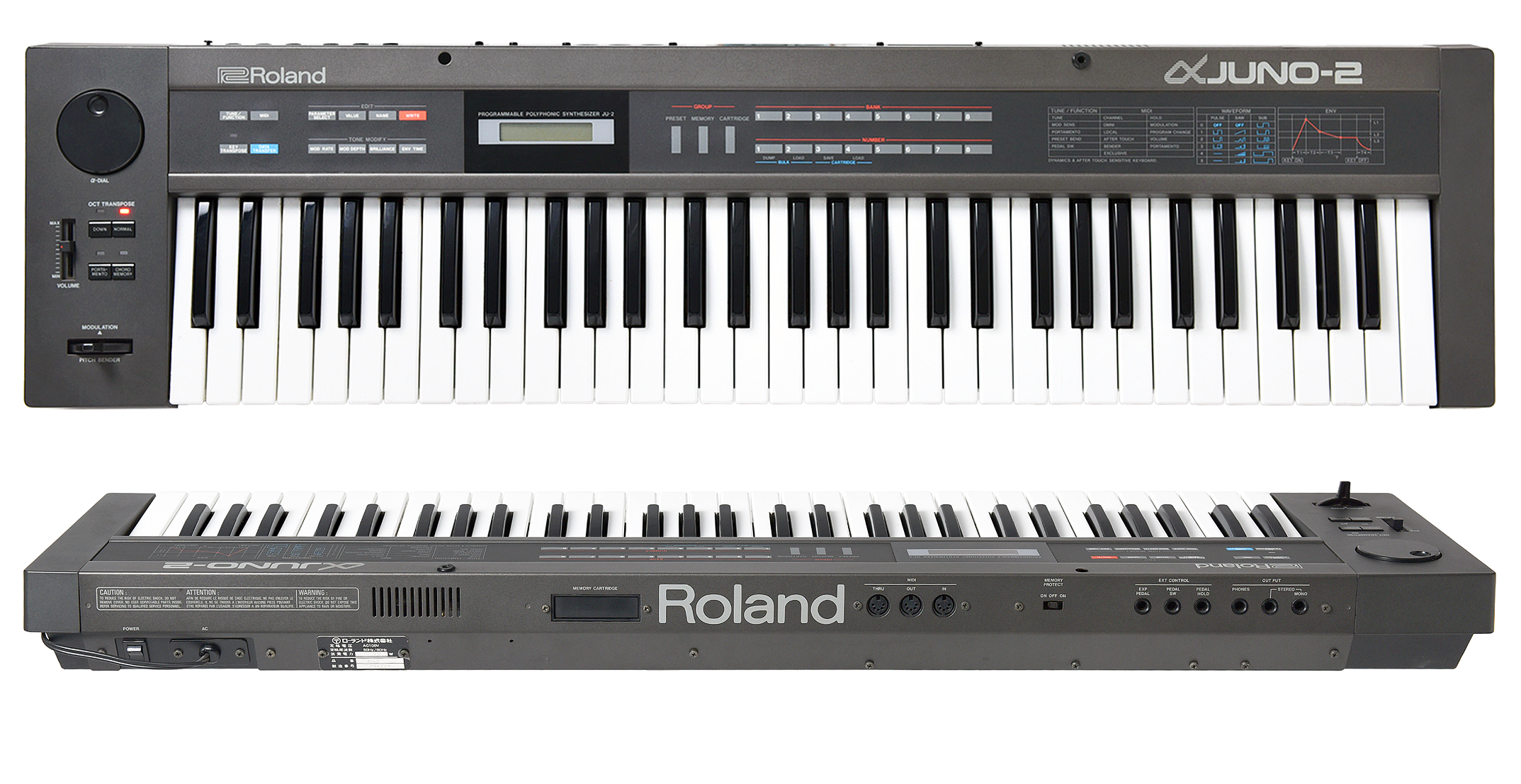
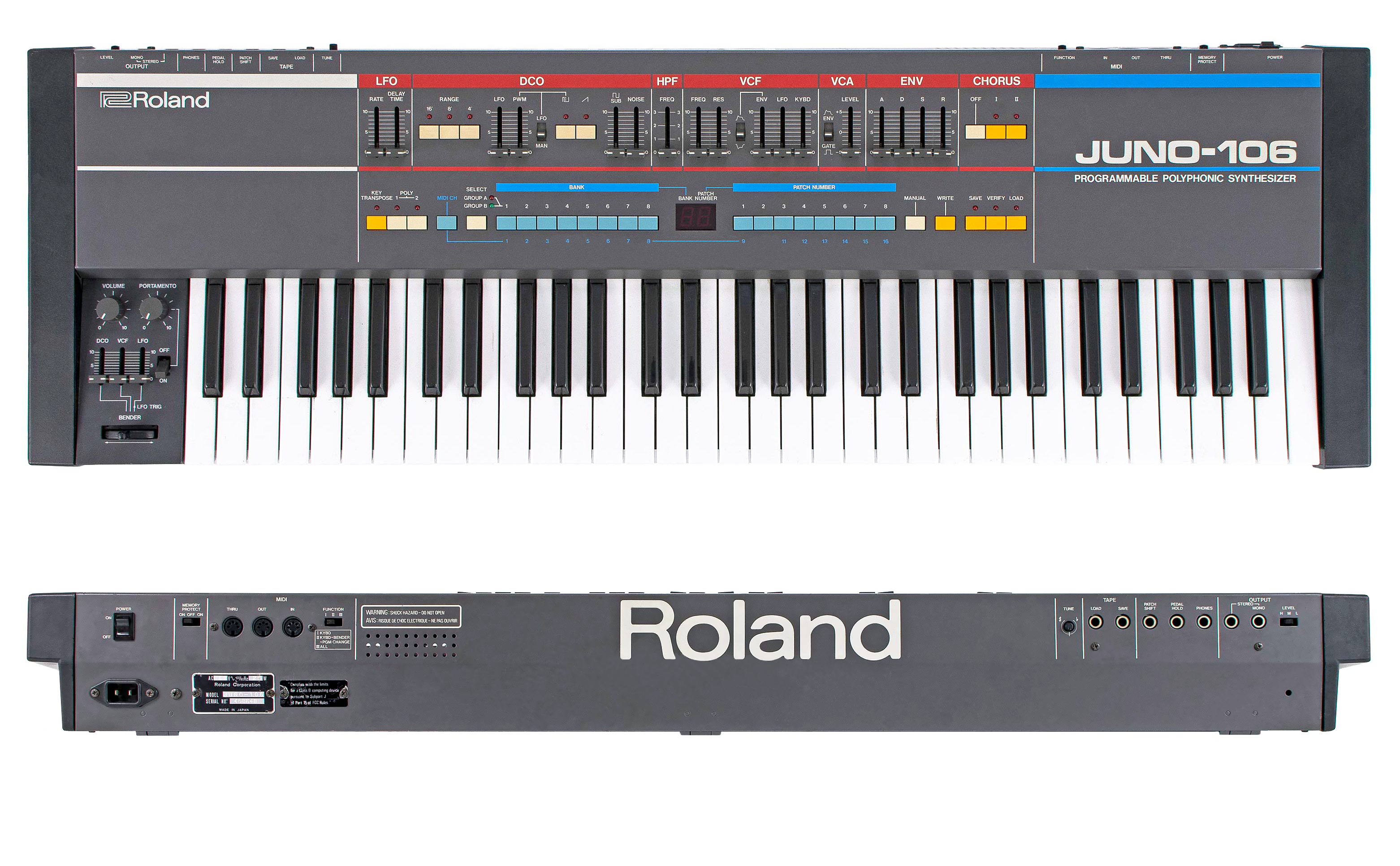
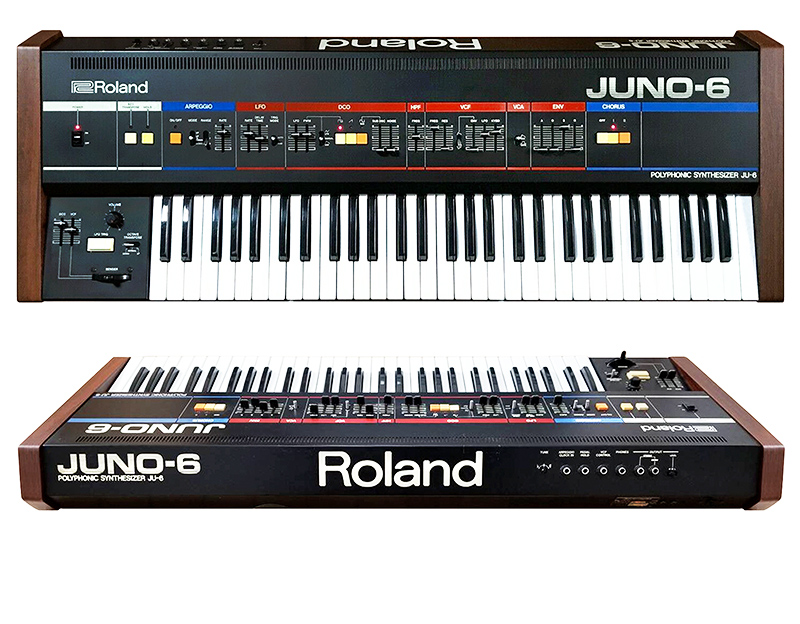
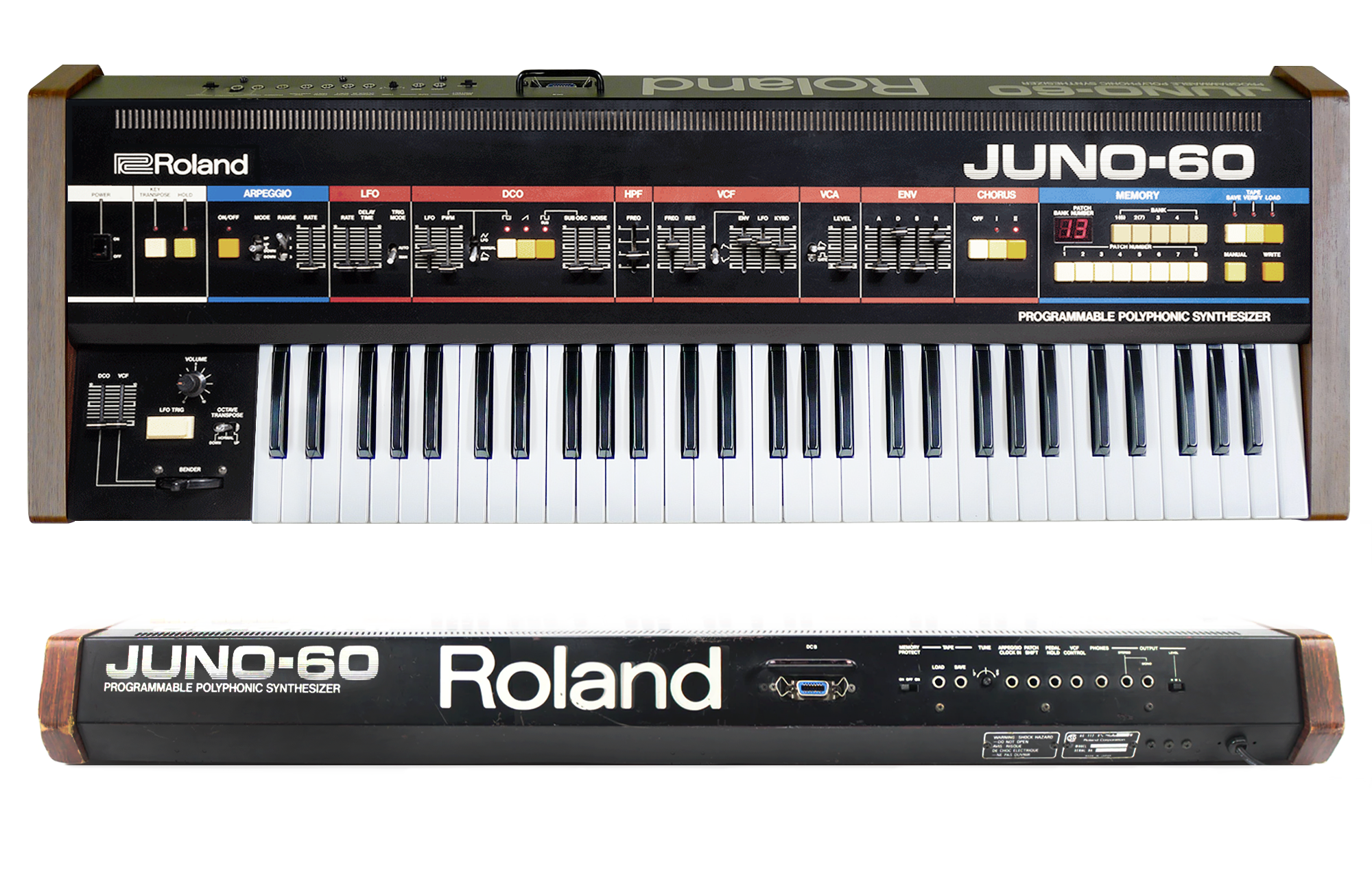
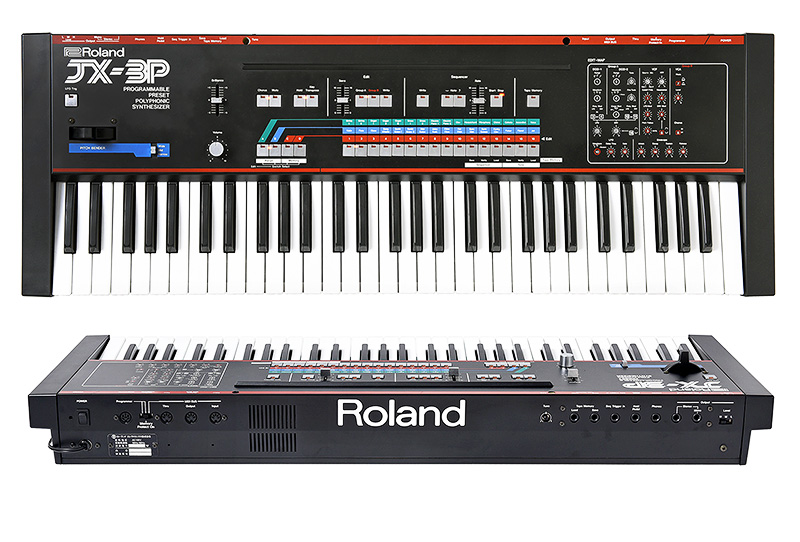
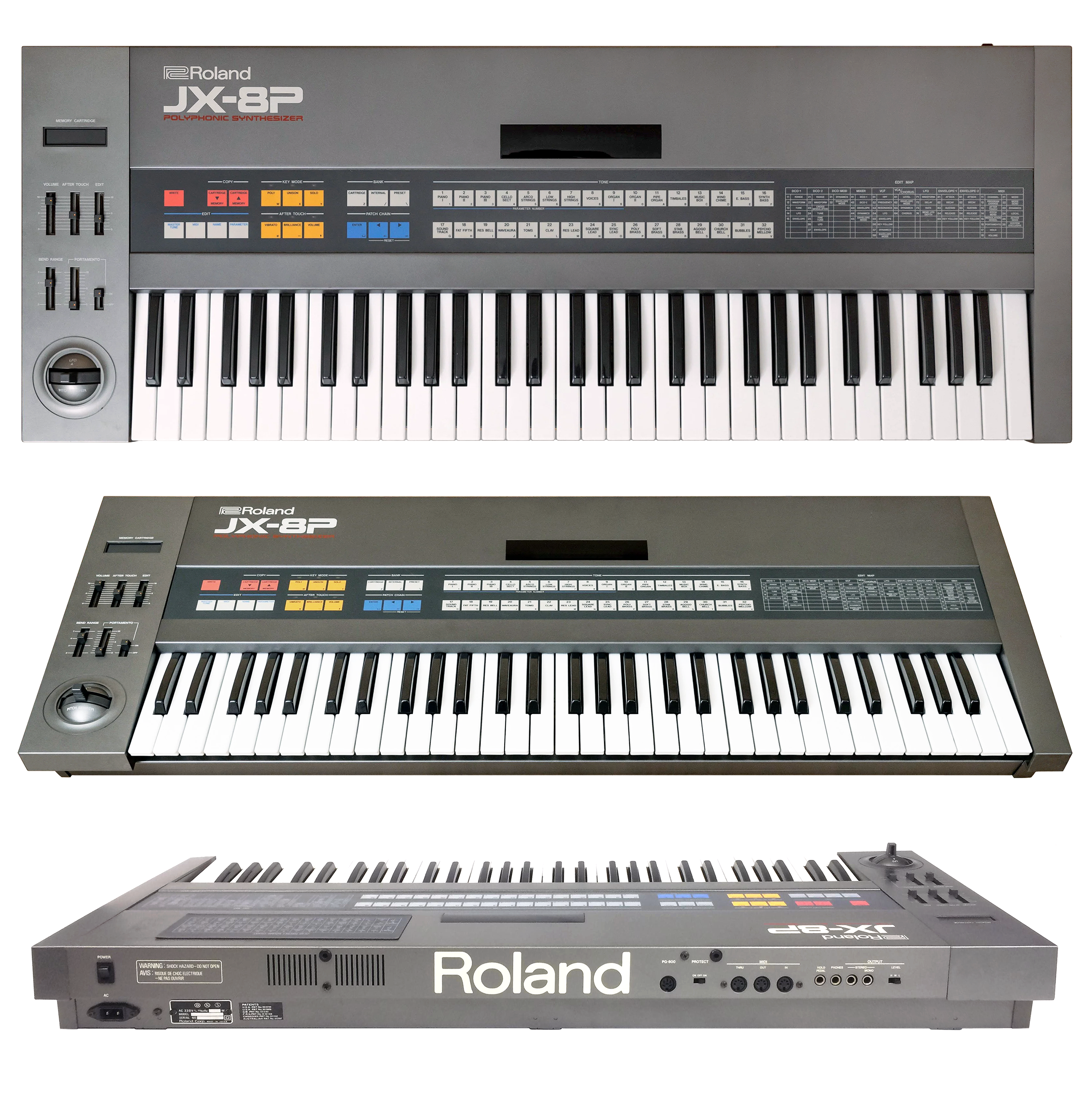
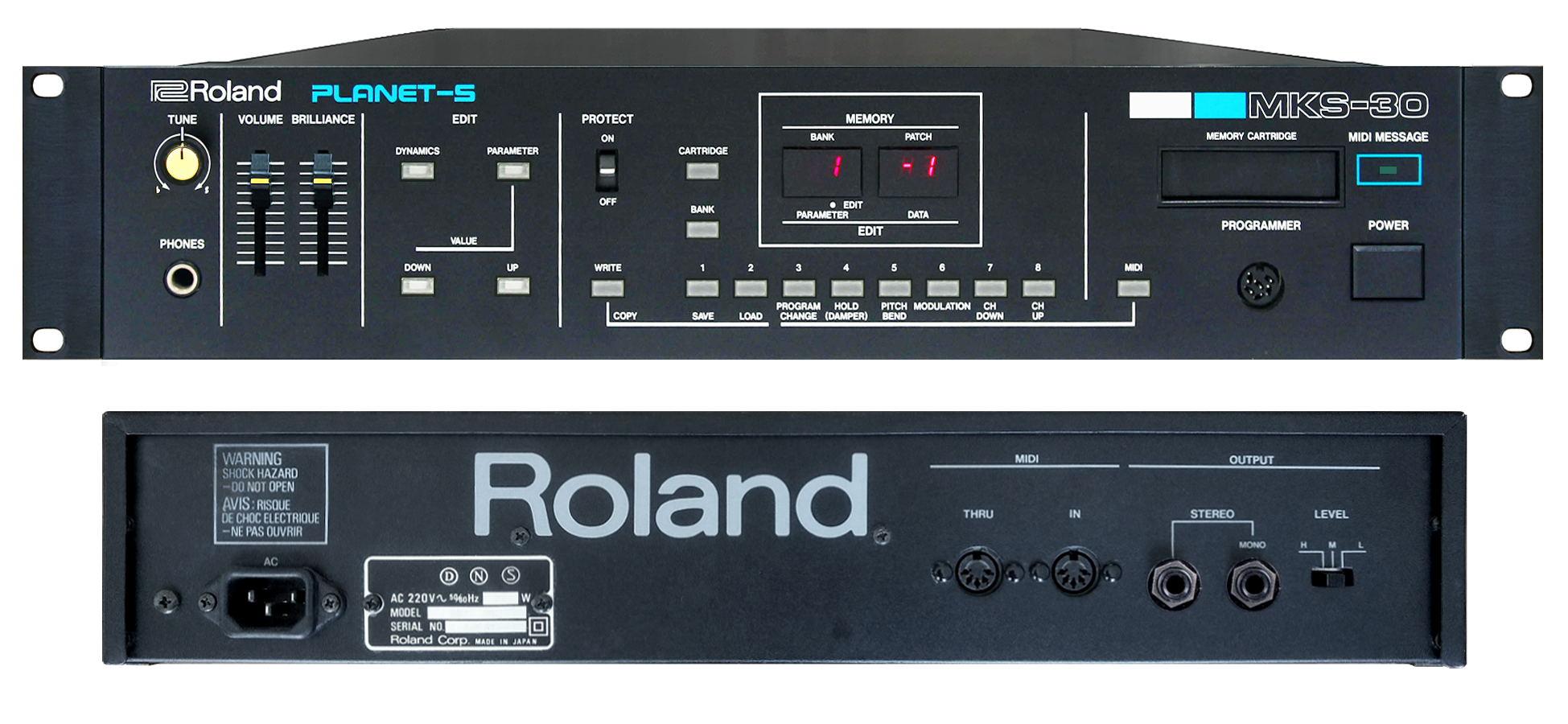

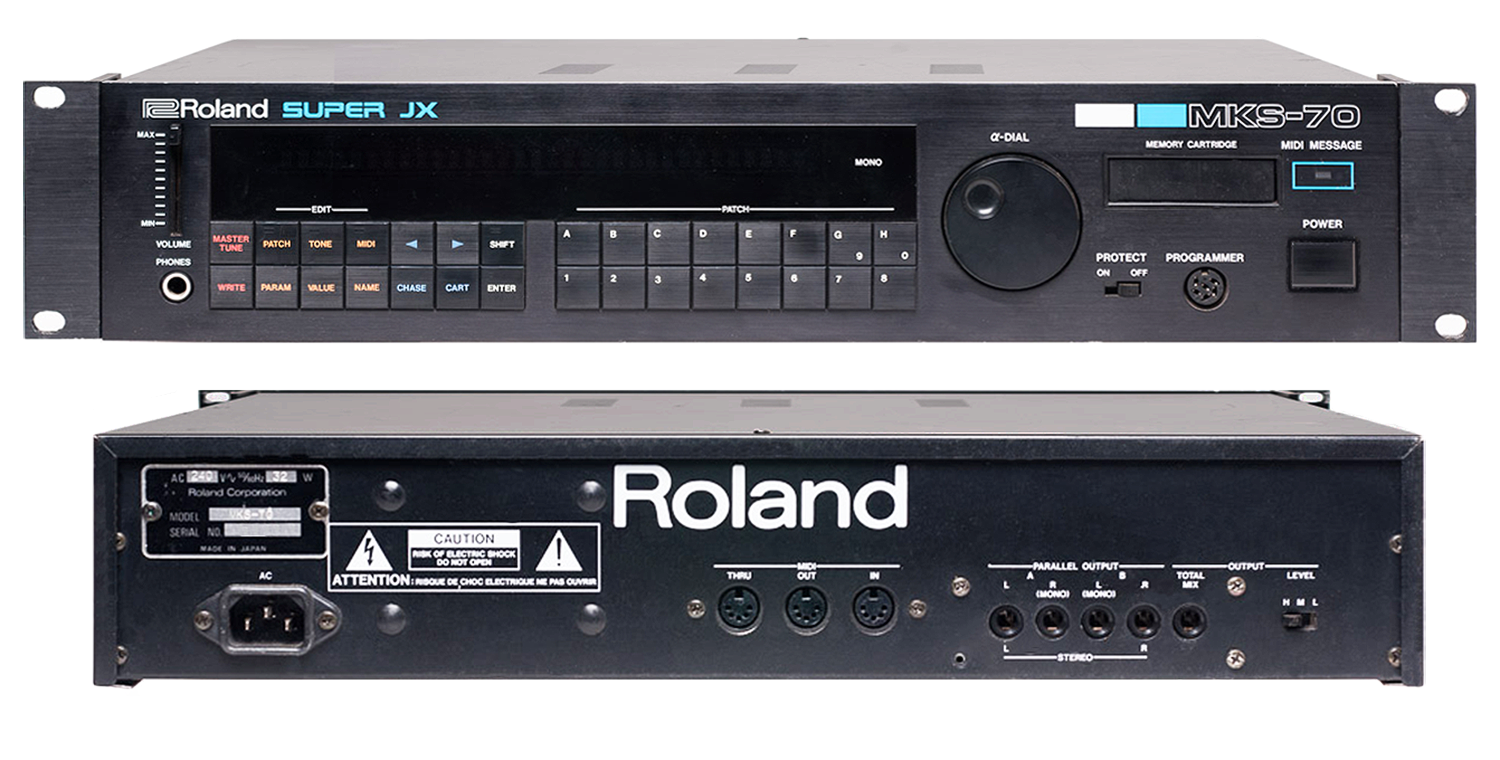
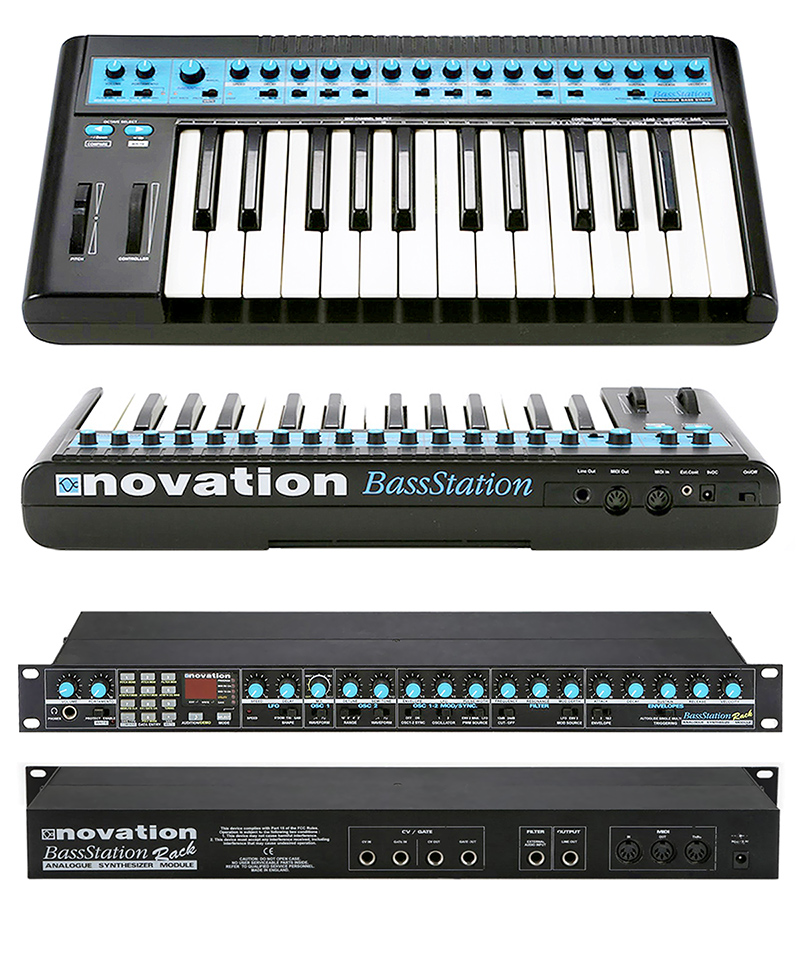
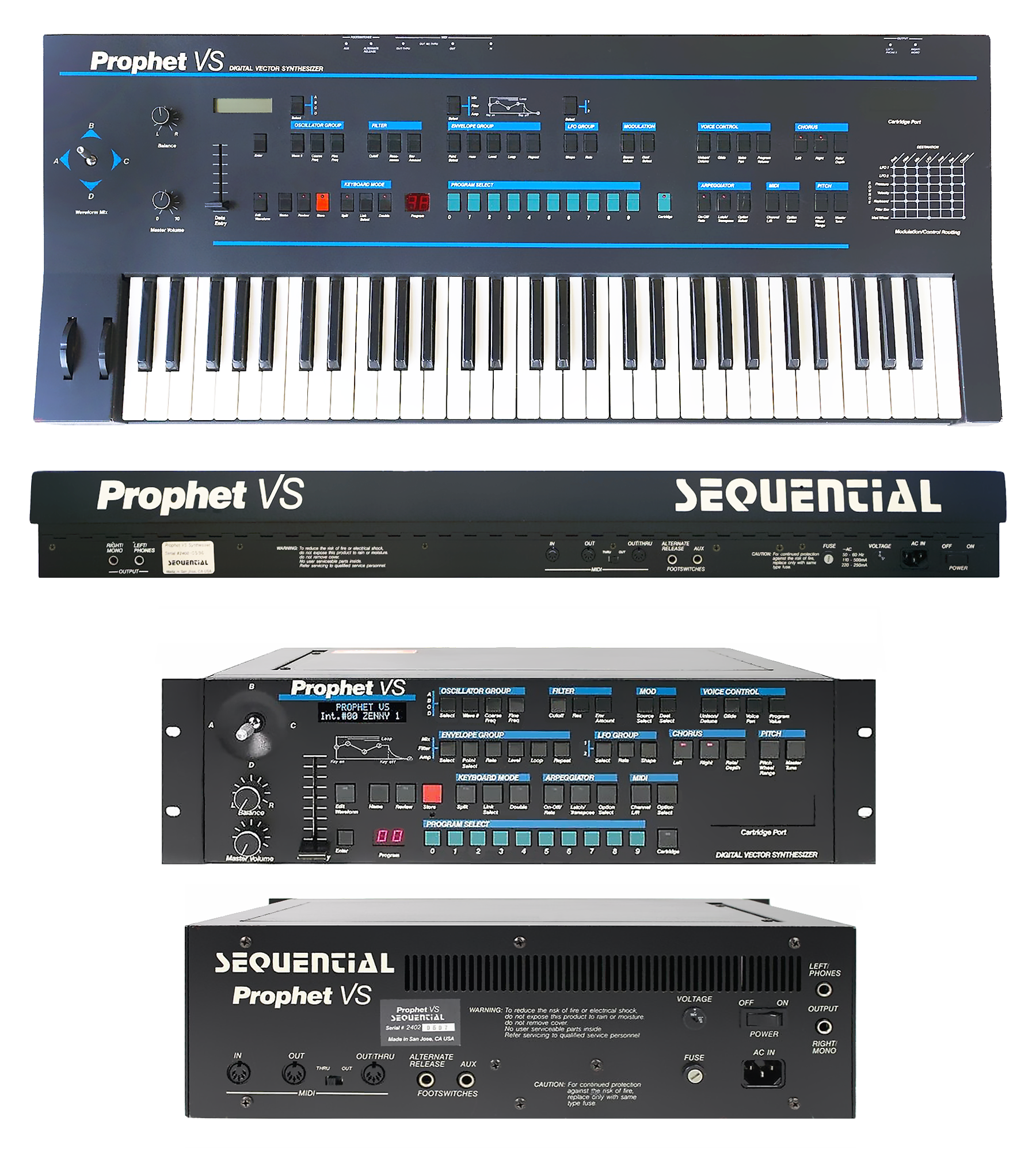
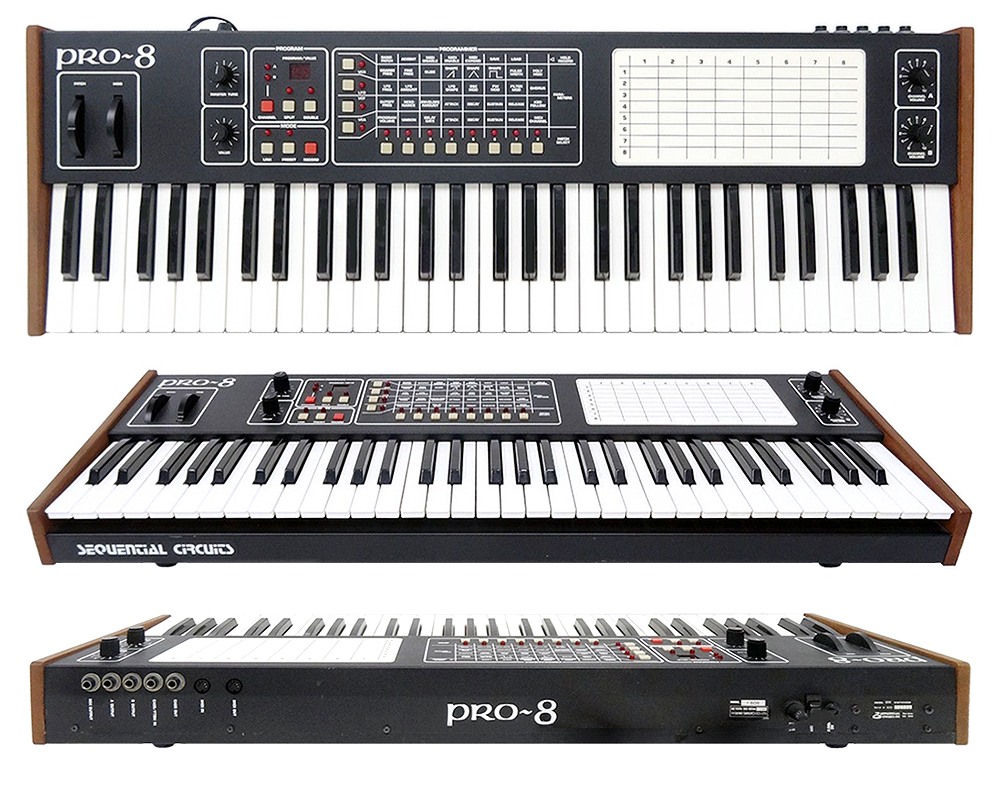
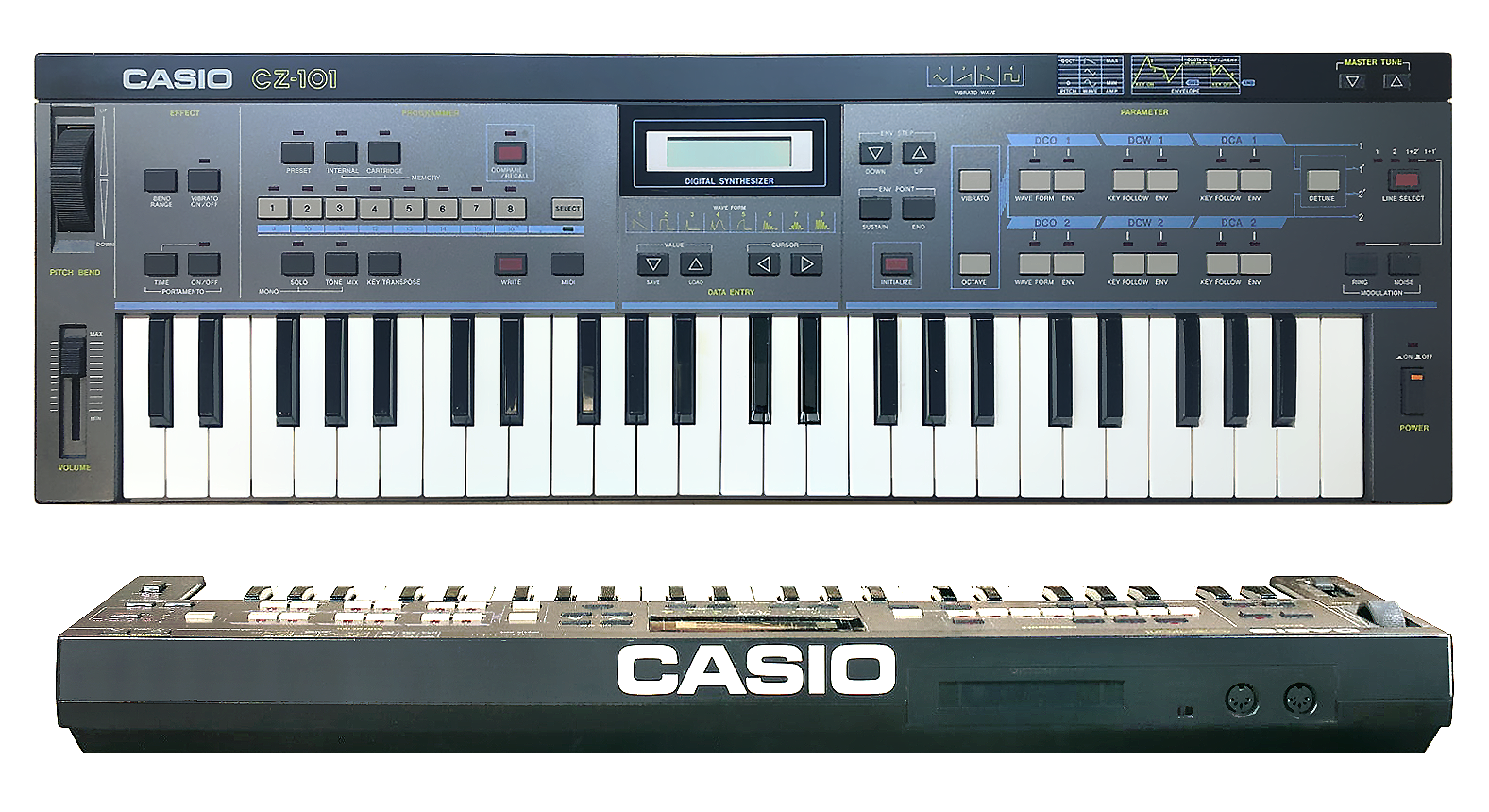
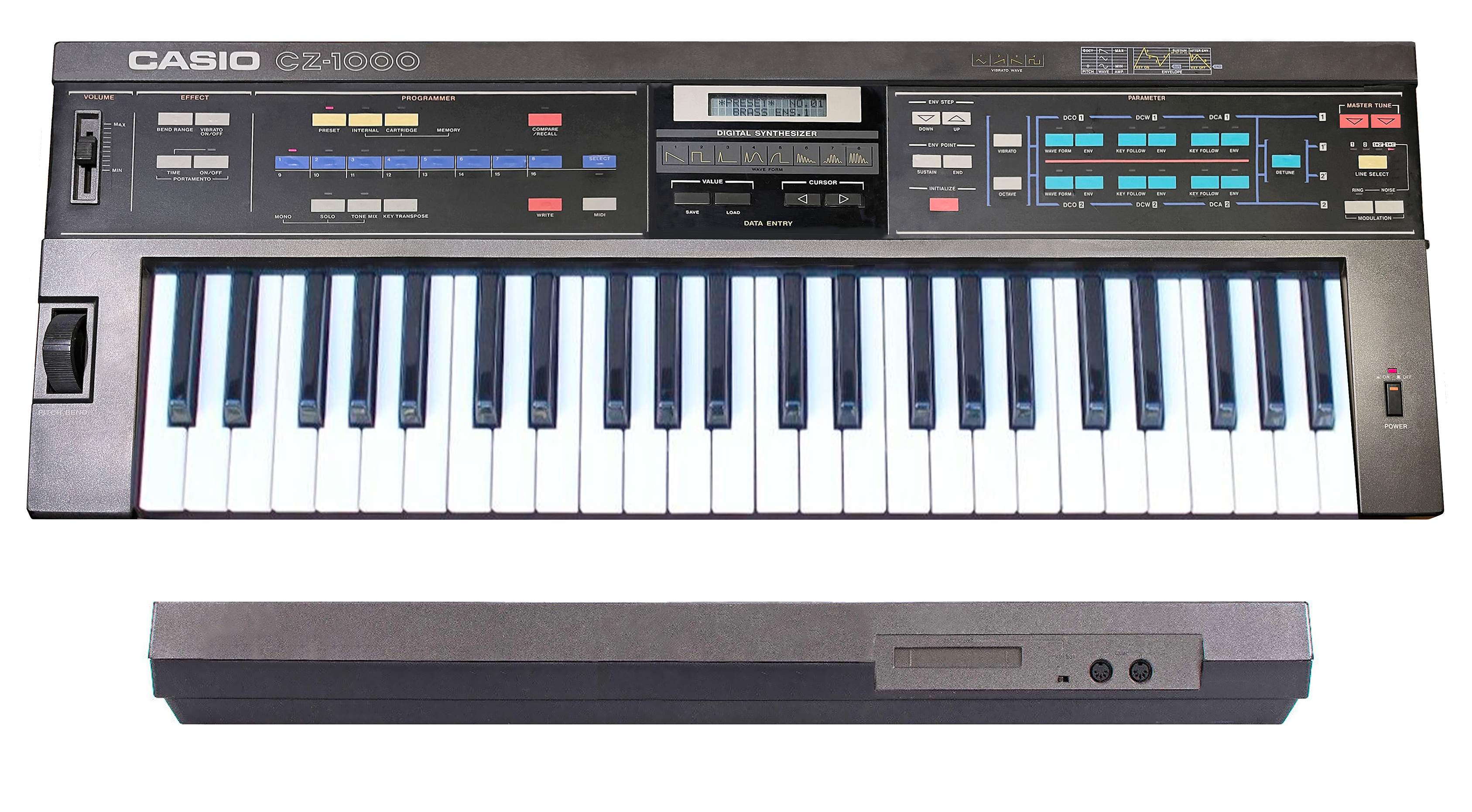
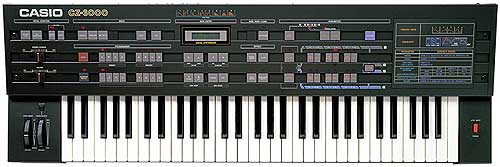



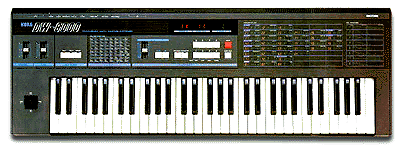
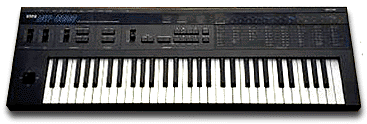
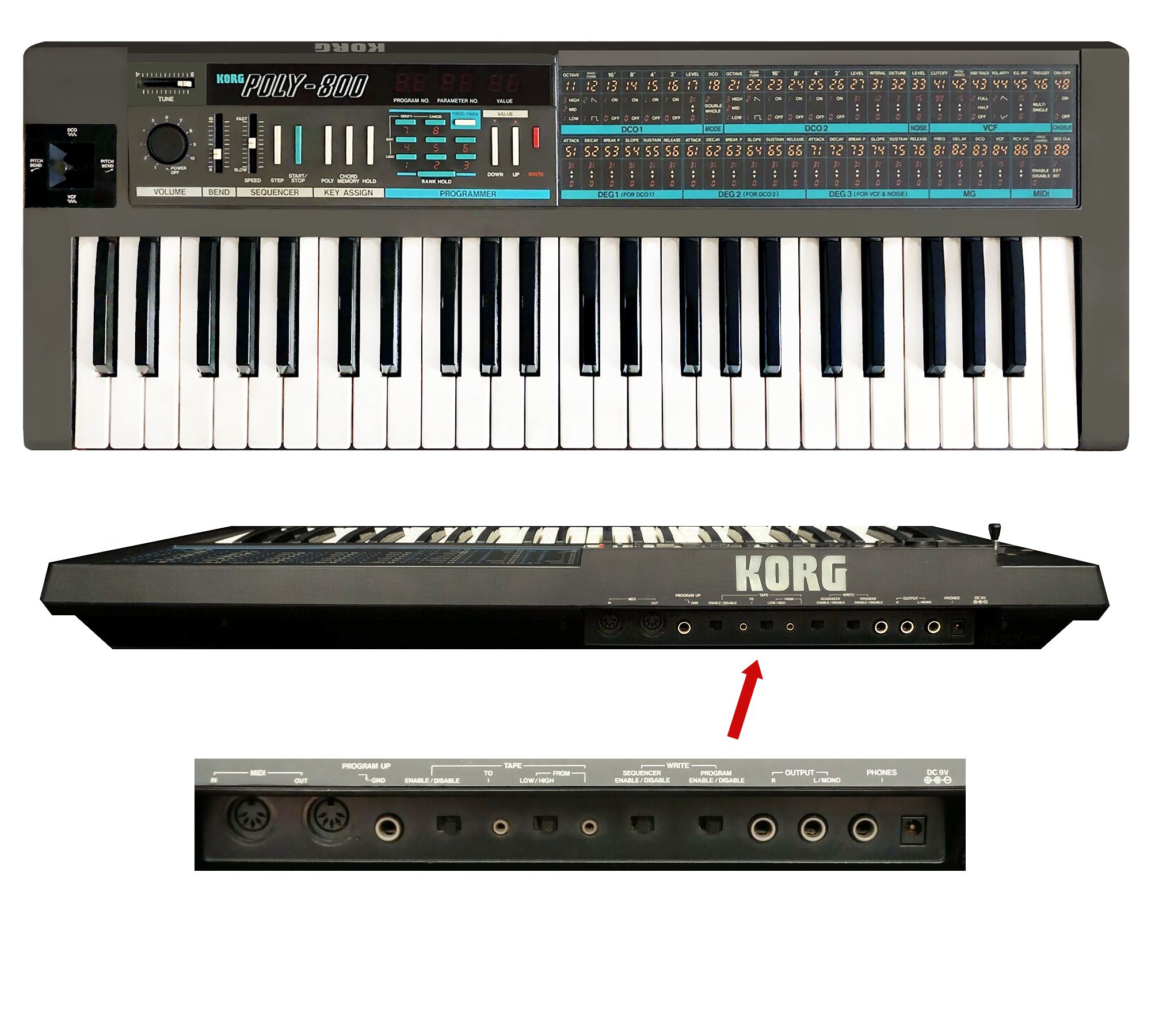
0 comments
Add review/comment